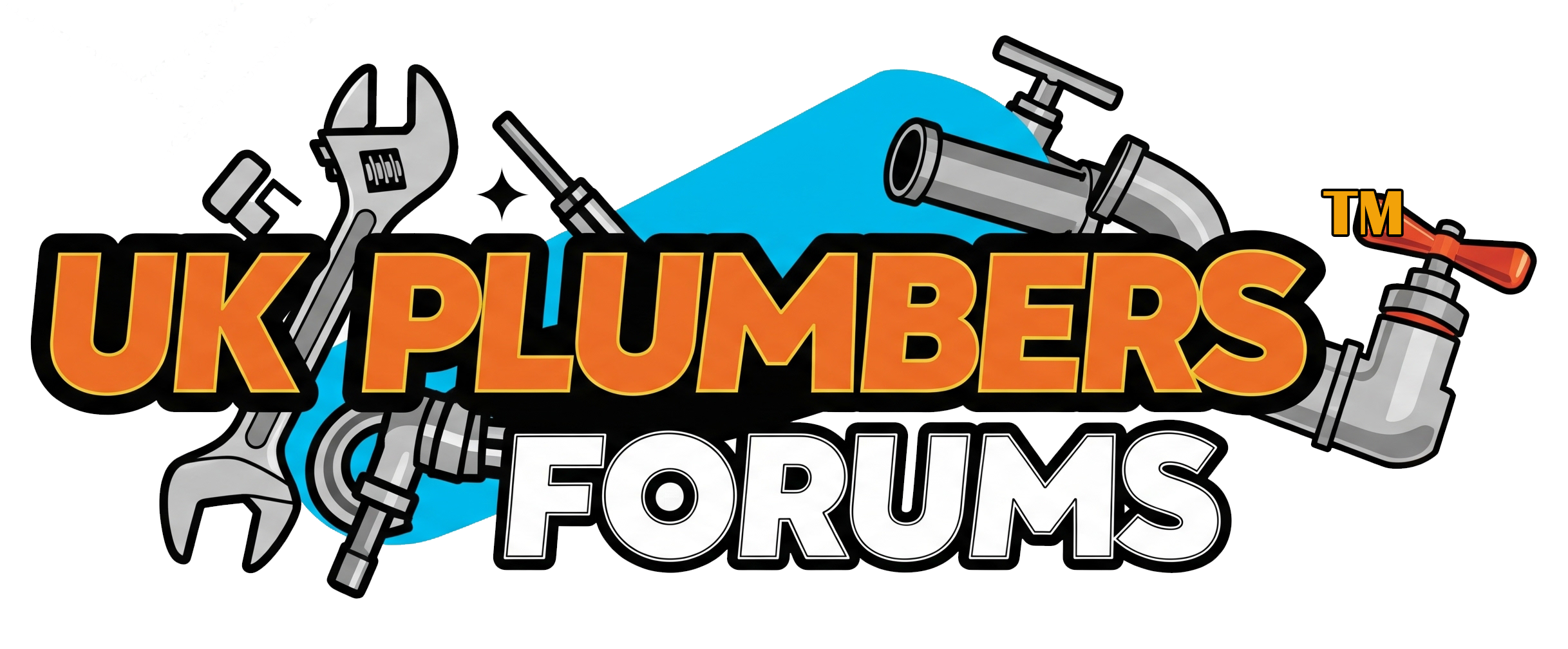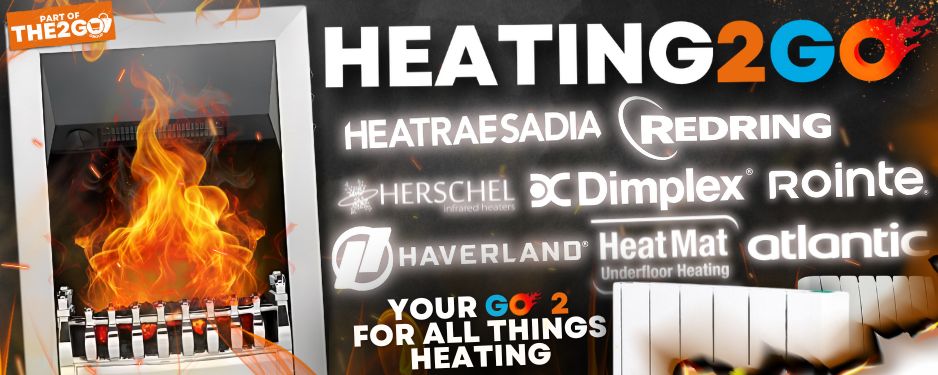Hey guys
I've had a two jobs where cust is complaining of hot water being too hot. One is an old UNVH cylinder and the other is a very, very old hot water-yellow jacket and cold storage tank set-up.
Now I'm wondering this is - why has the water over time apparently got hotter?
Bear in mind, in both cases the cylinder stat set to 60*C ( as accurate as these can be over time...that's another story ) but the water is coming out at the furtherest tap about 57* - so that's a little too hot. I would like it nearer 42*-44*. Nothing has changed on the system/s but I realise weather is warmer- so maybe shorten heating time?
I'm not going to put in blender valves in.
Someone suggested, limescale build up on the cylinder is holding on to heat so that even when timer/heat is off it continues to generate heat?
What's your thoughts on this?😵
I've had a two jobs where cust is complaining of hot water being too hot. One is an old UNVH cylinder and the other is a very, very old hot water-yellow jacket and cold storage tank set-up.
Now I'm wondering this is - why has the water over time apparently got hotter?
Bear in mind, in both cases the cylinder stat set to 60*C ( as accurate as these can be over time...that's another story ) but the water is coming out at the furtherest tap about 57* - so that's a little too hot. I would like it nearer 42*-44*. Nothing has changed on the system/s but I realise weather is warmer- so maybe shorten heating time?
I'm not going to put in blender valves in.
Someone suggested, limescale build up on the cylinder is holding on to heat so that even when timer/heat is off it continues to generate heat?
What's your thoughts on this?😵


